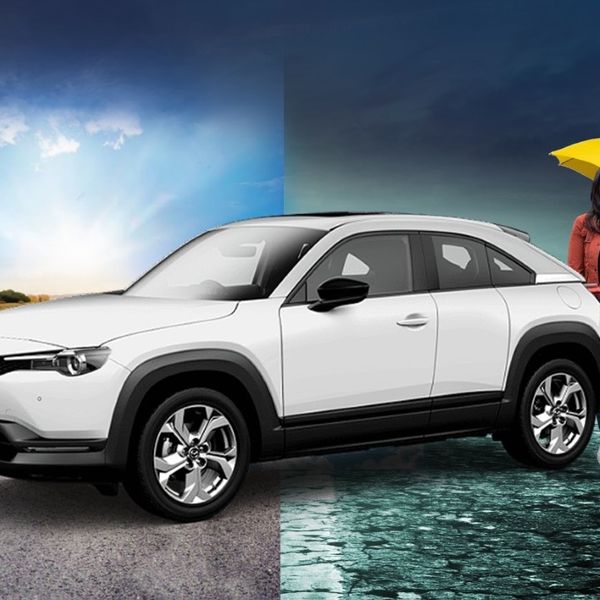You may have noticed that we are all being encouraged to help cut down on the energy we use, in order to help the grid. This might mean we are asked to shift using power-hungry appliances such as the oven or tumble dryer out of the peak times and look at other energy-saving measures.
On the face of it, charging an electric car would seem to add a huge burden to the grid. A domestic wallbox feeds the car at 7.2kW, which is more than the load of having a dryer, oven and washing machine on at the same time – and it can be charging for 10 hours or more.
Drivers could come home, plug their car in and then turn on the oven for dinner, switch on the kettle and flick on Coronation Street all at the same time. Multiply that by an entire town and you can see the issue – there will be a ‘rush hour’ on the electricity supply.
This is especially relevant as there are now fewer traditional coal, gas and nuclear power stations and the government tries to lower our overall emissions. If there is no wind to twist the turbines then there could be a problem.
![]() Putting the kettle on, turning the oven to the max and charging a car will result in a demand peak
Putting the kettle on, turning the oven to the max and charging a car will result in a demand peak To avoid blackouts, the boffins have been working on ways to manage supply so that electric cars can become part of the solution rather than the problem. The first way is to manage demand using pricing, which is one of the reasons that we are all getting smart meters installed in our houses.
Already there are pilot schemes which encourage us to switch heavy power use out of the peak hours with prize draws and cash back incentives. But there are huge savings to be made by switching to an off-peak tariff.
Instead of charging straight away when you arrive home, these tariffs encourage electric car owners to use the built-in timers in their cars or on an app to switch on the flow when the energy rate is at its lowest, usually in the middle of the night.
Electricity companies are very keen for this to happen as there is currently very little demand for power at night, but conventional electricity generating stations can’t just be shut down for a few hours and will continue producing power even if it’s not needed. At the same time, wind, wave and hydroelectric generation continues too and there is often a surplus of power created at night which electric cars can soak up neatly.
![]() The turbines still turn at night, even if we don't demand as much energy
The turbines still turn at night, even if we don't demand as much energy The next stage is the really clever part and is called vehicle to grid. When you plug your car in, the charging unit will be talking remotely to the energy supplier’s computer and working out the best time to charge. But it will also allow the energy which is already in your battery to flow back the other way into the grid to help support the local electricity supply in times of high demand or an emergency (such as a power cut).
By having this flexibility to smooth the peaks and troughs in demand for power on the grid, power stations can be made more efficient and we can make better use of renewables.
You might not like the idea of the grid ‘stealing’ the power from your battery, but the systems will learn when you are likely to want your car to be charged (for example, it will know you leave for work at 7.30am and will ensure the battery is full for that time). There will also be other incentives, such as very cheap or even free power for anyone who takes part. Pilot schemes are already in place using Nissan Leafs.
If you are worried that the constant charging and discharging may shorten the life of you battery, then don’t fret. Independent studies have shown that a properly-managed cycle of small cell cycling can actually improve your battery condition.
If this all sounds complicated, it can be - but the savings are substantial enough to make it worthwhile. Once you have programmed your car to charge at the cheapest times overnight, you may find you can also get your dishwasher, washing machine and even the immersion heater to switch on during this period. It soon becomes a habit and should make you happier when you get a bill, and gives you the warm glow of helping us all move to greener energy too.
![]() V2G trials have been going on for nearly a decade
V2G trials have been going on for nearly a decade  Putting the kettle on, turning the oven to the max and charging a car will result in a demand peak
Putting the kettle on, turning the oven to the max and charging a car will result in a demand peak 














